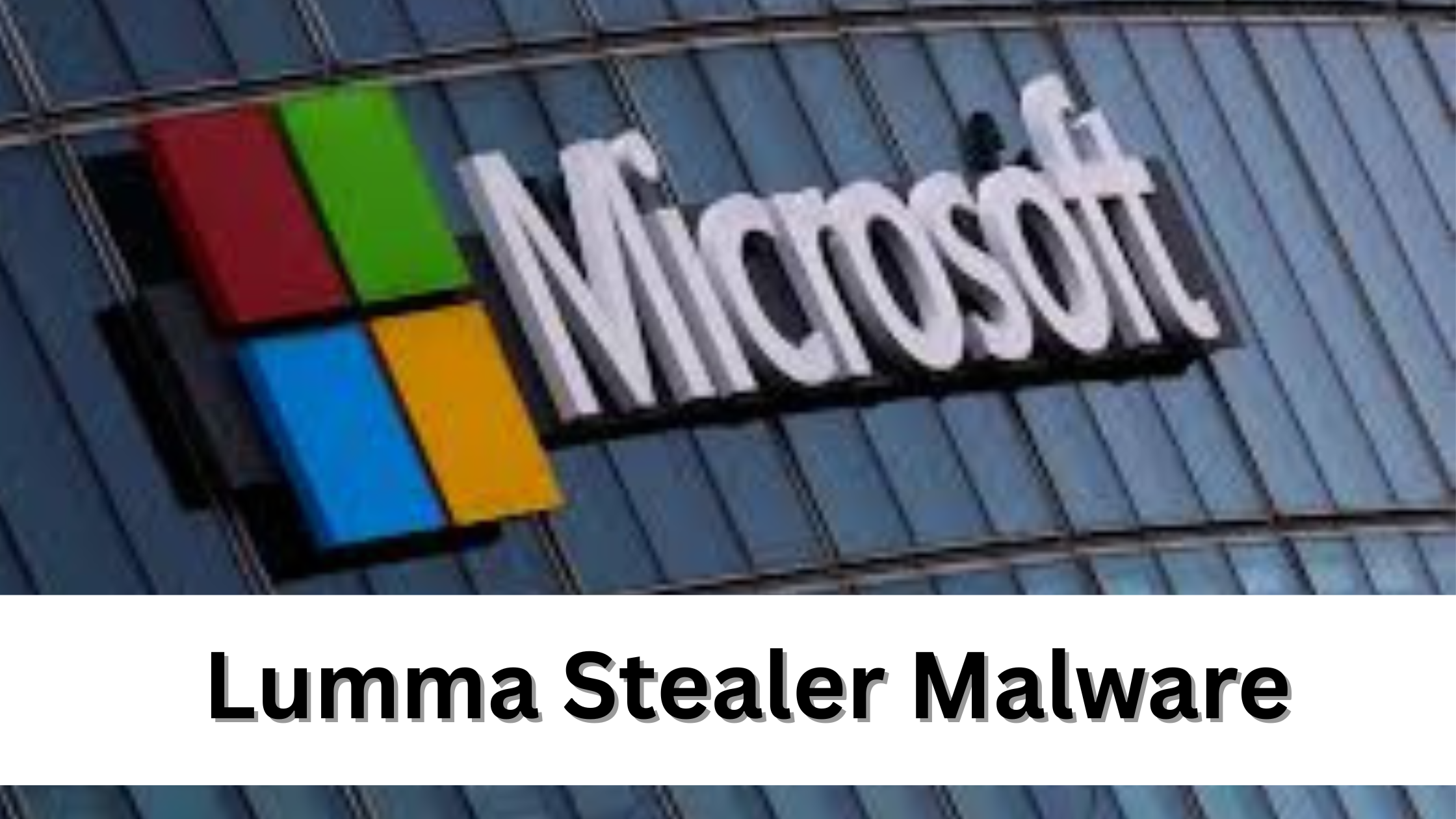Lumma Stealer Malware: A Threat to Global Cybersecurity

The Lumma Stealer Malware network has posed a significant threat to global cybersecurity, prompting Microsoft and international authorities to take decisive action. This coordinated operation successfully disrupted the malware’s infrastructure, including thousands of compromised domains and marketplaces where it was distributed. By neutralizing this infostealer, the operation helped protect sensitive information and strengthen global cyber defenses.
Overview of Lumma Stealer Malware
Lumma Stealer Malware, also known as LummaC2, is a sophisticated malware-as-a-service (MaaS) tool designed to steal sensitive data from infected systems. Targets include login credentials, banking information, and cryptocurrency wallets. The malware is distributed via phishing campaigns, fraudulent software updates, and malicious websites. Once installed, it operates covertly, sending stolen data to its operators while evading traditional security measures. Its adaptable architecture and stealth capabilities have made it a prevalent cyber threat.
The Global Response to Lumma Stealer Malware
The takedown of Lumma Stealer Malware involved Microsoft’s Digital Crimes Unit (DCU) and multiple international law enforcement agencies, including Europol and the U.S. Department of Justice. Over 2,300 domains were seized and redirected to secure servers, effectively cutting off the malware from its operators. Online marketplaces distributing Lumma Stealer were also disrupted, limiting its availability to cybercriminal networks and reducing the overall threat.
Importance of Public-Private Collaboration
This operation underscores the critical role of collaboration between private companies and global authorities in cybersecurity. Microsoft provided technical expertise, threat intelligence, and legal guidance, while law enforcement agencies executed coordinated actions across multiple countries. This synergy ensured that both the technical and legal aspects of the malware were neutralized, illustrating the power of international cooperation in combating cybercrime.
Best Practices for Cybersecurity
Despite the successful takedown, individuals and organizations must remain vigilant. Recommended practices include updating software regularly, using strong passwords and multi-factor authentication, training employees on phishing threats, and implementing proactive threat monitoring. Cybersecurity hygiene is essential to defend against malware like Lumma Stealer and other emerging threats.
Impact on Global Cybersecurity Landscape
The disruption of Lumma Stealer Malware significantly reduces the ability of cybercriminals to exploit stolen data. It also demonstrates that global collaboration and proactive threat mitigation can effectively counter sophisticated malware operations. The operation sets a benchmark for future takedowns and reassures the public that coordinated measures are in place to protect digital infrastructures worldwide.
Read Full Article : https://bizinfopro.com/news/it-news/microsoft-and-global-authorities-dismantle-lumma-stealer-malware-network-2/
About Us : BizInfoPro is a modern business publication designed to inform, inspire, and empower decision-makers, entrepreneurs, and forward-thinking professionals. With a focus on practical insights and in‑depth analysis, it explores the evolving landscape of global business—covering emerging markets, industry innovations, strategic growth opportunities, and actionable content that supports smarter decision‑making.
- Art
- Causes
- Crafts
- Dance
- Drinks
- Film
- Fitness
- Food
- Spellen
- Gardening
- Health
- Home
- Literature
- Music
- Networking
- Other
- Party
- Religion
- Shopping
- Sports
- Theater
- Wellness




